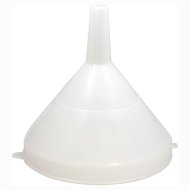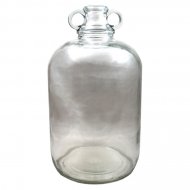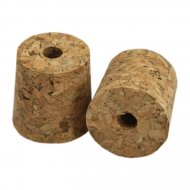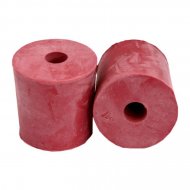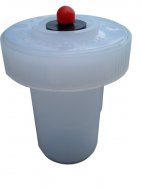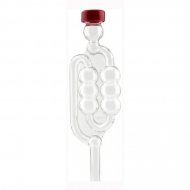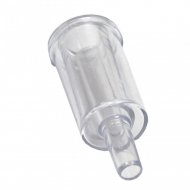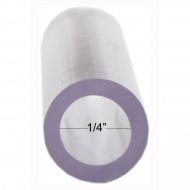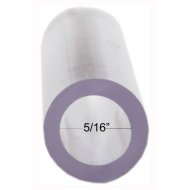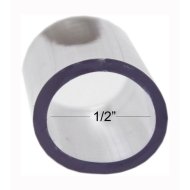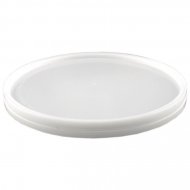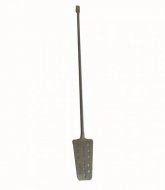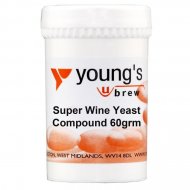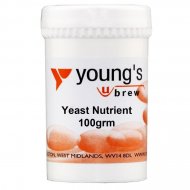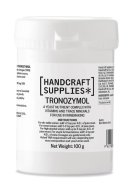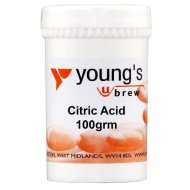Mead - home brew mead making recipe
Making Mead
Learn how to make mead at home with Brew Mart's step-by-step guide.
Mead is made by fermenting honey with water. However, fruits, spices, grains, hops etc., can be added.
The defining characteristic of mead is that its fermentable sugar's primary source is honey.
Mead is the oldest alcoholic beverage, but what makes it fascinating is the use of different types of honey.
If you're a true honey enthusiast, you'll know that honey tastes completely different depending on the bees' diet. Bees tucking into the vibrant blue borage flowers or the deep flavour of wild heather-covered moorlands produce honey with a different taste.
So that's where we start – with the best honey from Brew Mart.
How to make mead and the equipment needed for brewing
When making Beer or Mead, the equipment is very similar.
- Funnel
- Demijohn to ferment in
- Airlock and bung for Demijohn
- A short length of tubing
- Big food-safe bucket – make sure it can handle boiling water (c.10 litres)
- Large stainless steel paddle
Mead Equipment
Basic mead recipe
Ingredients
- 750g of honey of your choice (the more flavoursome, the better)
- Sachet of brewer's or wine yeast
- Extra honey to back-sweeten
- 25g of sanitiser powder,
- Acid regulator, such as citric acid at 1g/ltr (so 5g for a 5l batch)
- Yeast nutrients 2g per litre (so 10g for a 5l amount
- 2 Campden tablets
Mead Sundies
Step 1: Sterilising
As with all fermentation, following the correct procedure to have a clean and sterile environment to enable the yeast to grow is essential, but nothing else does.
So, before you start, wash down your workspace and equipment with warm soapy water if you haven't used it in a while.
- Mix the sanitisation powder in the bucket per the instructions on the tub with five litres of water to make up a sanitising solution.
- Pour this solution into the Demijohn and swirl around briefly to sanitise the fermenter. Empty this back into the bucket, ensuring there's none left in the fermenter.
- Sanitise the funnel, the bung, the paddle, and the airlock by immersing them in the made-up solution in the bucket.
- The equipment can be removed from the bucket and placed onto your clean work surface. The funnel can sit atop the Demijohn to keep it from touching dirty surfaces.
- Pour away the sanitisation solution into the sink.
Your bucket, Demijohn, lid, and other equipment should now be sanitised and ready to brew.
Step 2: Making the mead
These recipes produce a light mead at around 4% ABV;
- Using a 5 l/1 gall homebrew bucket.
- Add 5 litres of one gallon of boiled water to the sterilised and rinsed Homebrew bucket.
- Add the acid regulator and yeast nutrient and stir to dissolve using the paddle.
- Add 150g of honey per litre ( 5 litres/ one gallon equals 750g).
- Add the 750g of honey to the boiled water and stir until all the honey has dissolved.
- Leave the liquid to cool in the bucket before transferring it to the glass demijohn using the sterilised funnel
- Ensure your beverage has cooled to room temperature before pitching the yeast.
- Following the instructions on the yeast packet, add it to your Demijohn and shake gently to mix.
- Add the airlock to the Demijohn and half-fill it with water
- Leave the Demijohn in a cool dark situation where it won't be disturbed for 2-3 weeks.
Things to check to know if it is working?
You'll know your mead is working if, after about six hours, gas starts to bubble out of the airlock. This gas is CO2, a natural by-product of fermentation and the reason beer/mead has bubbles.
As the fermentation progresses, a layer of sediment builds up at the bottom of your fermenter. This sediment is dead & dormant yeast cells and is completely normal.
Signs to look for to know when the mead is ready.
Check after a few weeks; depending on the temperature, the bubbling in the airlock will slow down and stop.
Once the bubbling has stopped completely, the yeast has done its job and converted the sugar into alcohol; now, your mead is almost ready.
Place your Demijohn into a fridge for one to two days.
The cold conditions in the fridge will allow your yeast to go dormant and drop out of the solution.
The longer you can leave it, the clearer it will become.
Racking and back-sweetening
Always remember to sanitise all the equipment which will have any contact with your mead.
Using a piece of tubing to syphon off the top transparent layer of your mead into a newly sanitised demijohn.
Make sure you leave the sediments at the bottom of your fermenter.
Make sure your hose is about 2cm above your dormant yeast, and when syphoning, keep it as still as possible and let gravity do the work.













